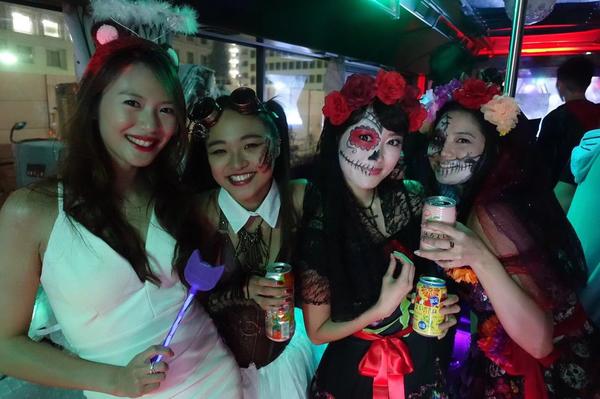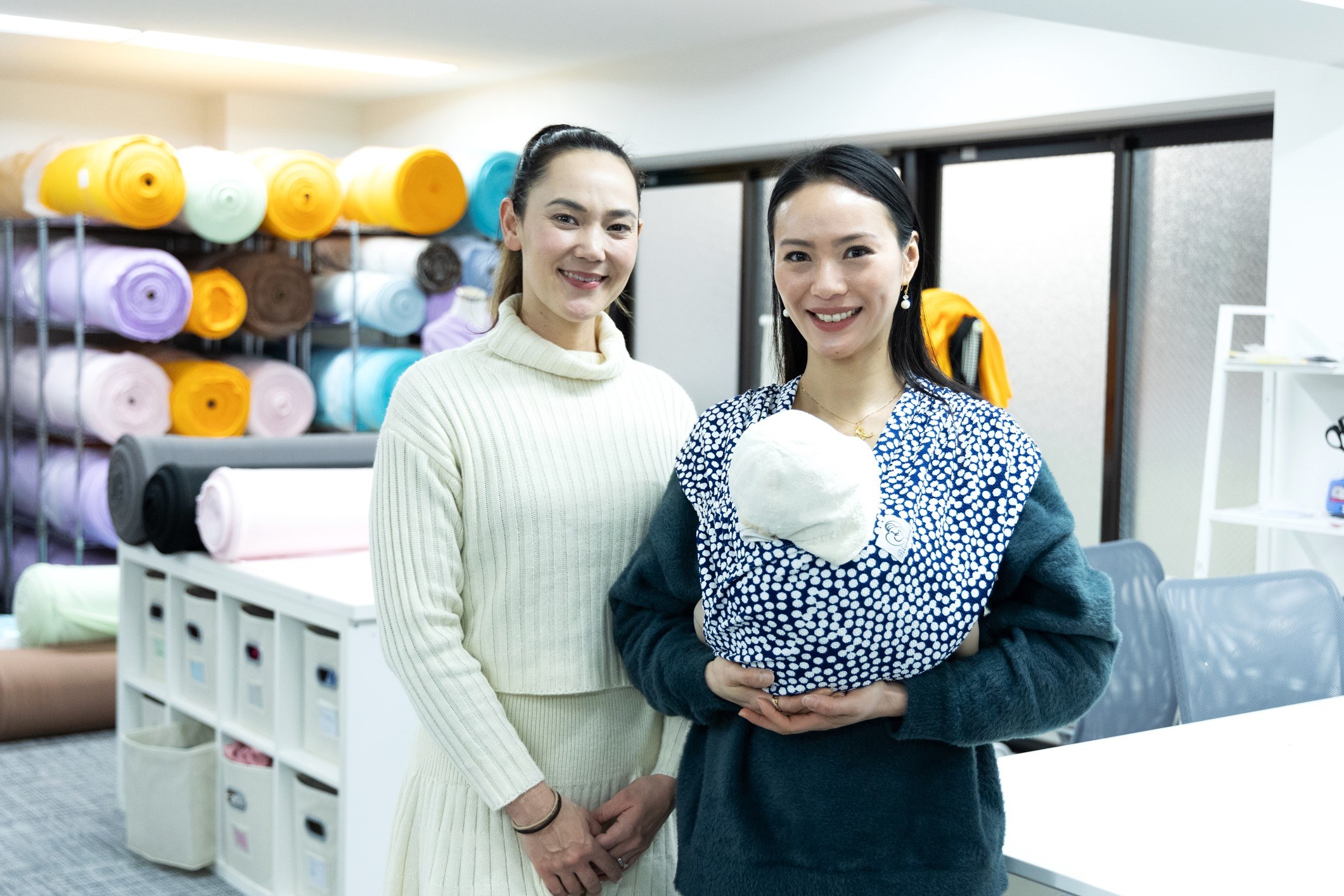“Todos somos Calaveras.”
(“We are all skeletons.”)
Underneath all our manmade trappings, we are all the same.
Have you heard of the Day of the Dead (known as “Día de los Muertos” in Spanish)?
Day of the Dead is a holiday celebrated in Mexico between October 31st and November 2nd. On this holiday, Mexicans remember and demonstrate love and respect for their deceased loved ones. Because of its importance as a defining aspect of Mexican culture, Day of the Dead festivities have been recognized as an UNESCO Intangible Cultural Heritage of Humanity since 2008.
Though held around the same time and with a common theme of death, Day of the Dead is not a Mexican version of Halloween!! The two annual events differ greatly in traditions and atmosphere: whereas Halloween is a long dark night of ghostly mischief, Day of the Dead festivities unfold over several days (and nights) of vibrant colors and life-affirming joy~!
The annual Day of the Dead festival was held the weekend I visited San Jose at the end of October! Read on to learn more about this special festival and my day in San Jose, California.
皆様、死者の日(ししゃのひ、スペイン語: Día de los Muertos、英語: Day of the Dead)を聞いたことがありますか?
死者の日はラテンアメリカ諸国における祝日の一つです。特にメキシコにおいて盛大な祝祭が行われるらしいです。この休日は、メキシコ人たちにとって、とても重要で祝う価値のある特別神秘的な祭日です!アメリカやカナダ等に在住する同地域出身者の間でも同様の習慣が継続されています。死者の日は11月の2日にありますが、その習慣が発展していく中で、10月31日(Halloweenの日)、11月1日も同様に祝うようになりました。ハロウィンの日と同じ時期ですが、由来と祝い法が全く違いますよ!
なので、10月末、カリフォルニアに行った時、San Joseの死者の日のお祭りを訪問しました!とても面白くて、楽しかったので、今回のブログで、死者の日を簡単にご紹介したいと思います。
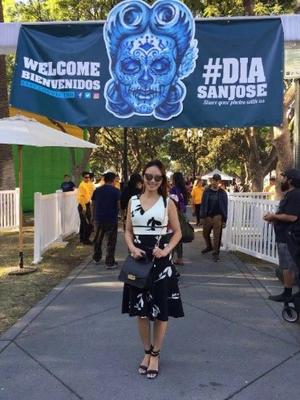
Bienvenidos!
San Joseの死者の日のお祭りへ行きましょう!
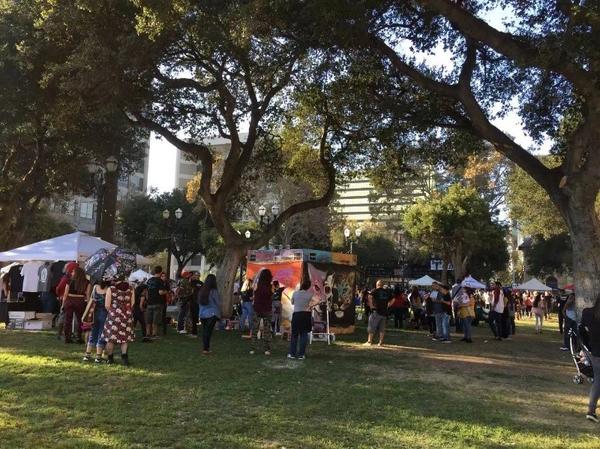
At the festival, revelers sing and dance at a concert, don funky makeup and costumes, eat and drink, and make offerings to lost loved ones.
屋台店がたくさん!人もいっぱいです!お祝いのコンサートもありますよ~
Unlike Japan’s Obon or China’s Hungry Ghost Festival, Day of the Dead is not a solemn occasion. In contrast, it is a vibrant, festive, and colorful holiday celebrating the lives of loved ones who have passed on. Mexicans visit cemeteries, decorate ancestral graves and spend time there. They also make elaborately decorated altars (called ofrendas) to welcome the spirits back. At the festival, many of these altars were set up in the trunks of cars and proudly put on display.
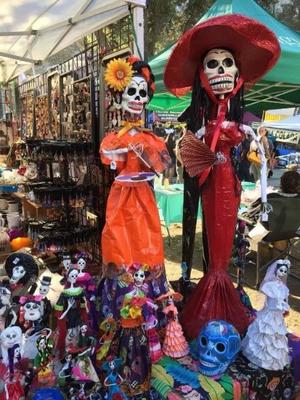
History
Day of the Dead originated several thousand years ago with the Aztec, Toltec, and other Nahua people, who considered mourning the dead disrespectful and believed in celebrating death as a natural phase in life’s long continuum. During Día de Los Muertos, the dead temporarily returned to Earth as members of the community.
11月1日はメキシコで伝統的にDia de los Angelitos(小さな天使の日)と呼ばれていて、亡くなった子供たちに敬意を表し、11月2日は、家族が、この世から去った大人たちに敬意を表す真の死者の日です。最近では、死者の魂が、家族や愛した人々と供に一時を過ごすために地球へ戻ってくると言われているらしいです。
日本のお盆や中国の中元節の真剣さと違って、死者の日の雰囲気は非常に明るくて、にぎやかです!コンサートがあったり、人々がゲームに興じたりして、とても盛り上がっていますよ!
この祝日には、皆が亡き人たちを思い出して悲しみに暮れることもあれば、親族たちが死者たちとの愉快な出来事や逸話に思いを馳せ、楽しい雰囲気になることもあります。
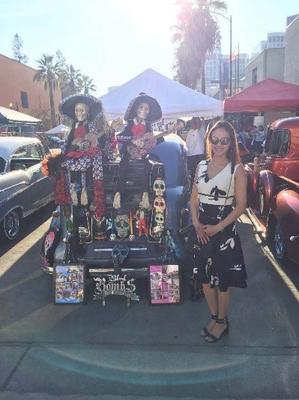
People also make elaborately decorated altars (called ofrendas) to welcome the spirits back. At the festival, many of these altars were set up in the trunks of cars and proudly put on display.
メキシコ人たちは、愛した死者の魂がその晩に帰ってきて、祭壇に祭った人形などから魂を連れ去っていくと信じているらしいです。このため、メキシコ人たちにとって自分の祭壇や、小さな神社を建てることはとても一般的なことです。
San Joseのお祭りで、彼らが車のトランクを使って、皆に披露するために、色んなお洒落な祭壇を作りました!
死者の日の最も有名なシンボルの一つは、下記のようなカトリーナ像(正装をした骸骨の小さな像)です。
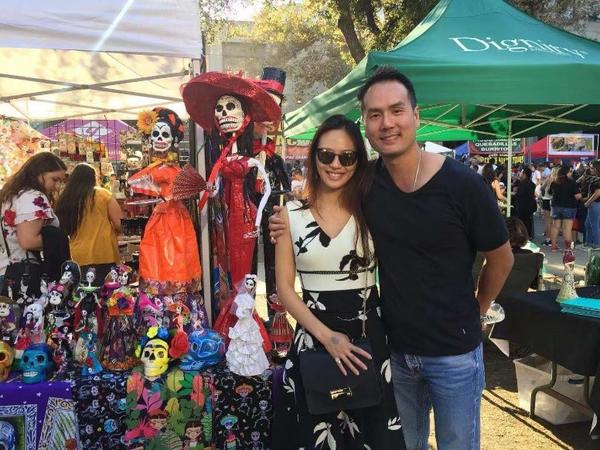
The most famous symbol for the Day of the Dead is probably the Calavera Catrina!
You might have seen this doll around before, but do you know where it came from?
Literary Calaveras and the Calavera Catrina
Calavera means “skull” in Spanish, but during the late 18th and early 19th centuries the term was also used to describe short, humorous poems (often sarcastic tombstone epitaphs that poked fun at the living). These literary calaveras eventually became a popular part of Day of the Dead celebrations.
In the early 20th century, Mexican political cartoonist José Guadalupe Posada created an etching to accompany a literary Calavera – a personification of death in fancy French garb called the Calavera Garbancera. Posada’s striking image of a costumed female with a skeleton face parodying a Mexican upper-class female has since become associated with the Día de Los Muertos celebrations, and today takes the prominent form of Catrina figures.
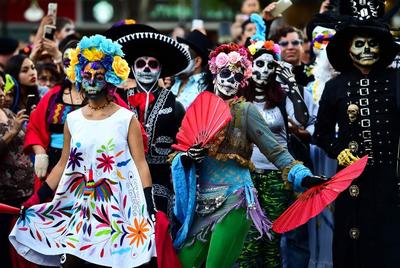
Day of the Dead is an extremely social (and noisy) holiday that takes over the streets. People of all ages have their faces artfully painted to resemble skulls, and they dress up in suits and fancy dresses to mimic the calavera Catrina, creating an ethereal atmosphere. Many revelers wear shells or other noise-making accessories to amp up the noise—possibly to excite the dead and bring them into the fun!
人々はとてもよくできた頭蓋骨の衣装を着て、幻想的な雰囲気を作り出します
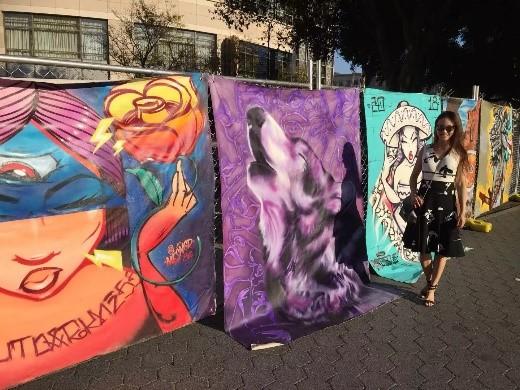
Artwork based on the theme for Day of the Dead. I just loved all the vibrant colors!
テーマアートもありました!綺麗でしょう? 鮮やかな色が大好き!
Hopefully, I can find myself in Mexico to celebrate the Day of the Dead in the near future! I have heard that Day of the Dead is even celebrated differently in various locations throughout Mexico. Festivities tend to be more colorful in the southern region, particularly in the states of Michoacan, Oaxaca, and Chiapas. Sounds like so much fun!
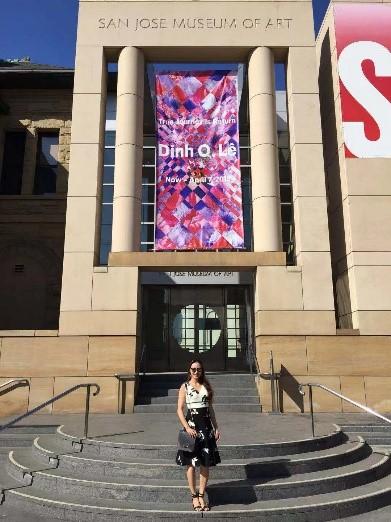
To finish off the day, I visited the San Jose Museum of Art next to the festival grounds. Did you know that San Jose is well known for its thriving Vietnamese community? At the time of my visit, the art museum was featuring an exhibit by Vietnamese artist Dinh Q. Le.
お祭りの後、San Jose Museum of Artも行ってみました~ San Joseは活気のあるベトナムのコミュニティとして有名です。 私は行った時に、美術館はDinh Q. Leというベトナムのアーティストの展示を特集していました。
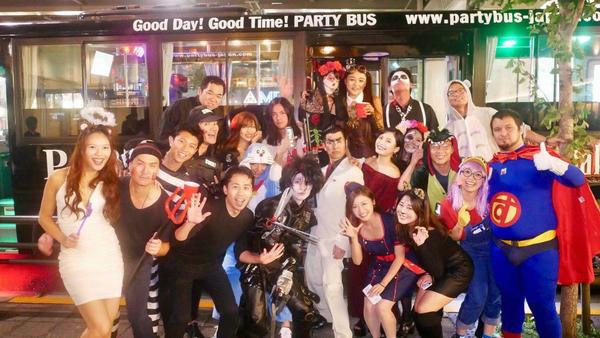
By the way, how did everyone spend their Halloween?
Back in Tokyo, I rode on a Halloween Party bus with some friends! It was really fun to dress up and ride around the city. People take their costumes pretty seriously here! I felt rather underdressed, but had a lot of fun all the same!
Happy Halloween!
ところで、友達と一緒にハロウィンパーティーをやりました!ハロウィンコスチュームを着て、パーティーバスに乗って東京を回って、とても楽しかったです!!皆のコスチュームがすごいですね!
皆様、ハロウィーンはどのようにお過ごしでしょうか?

